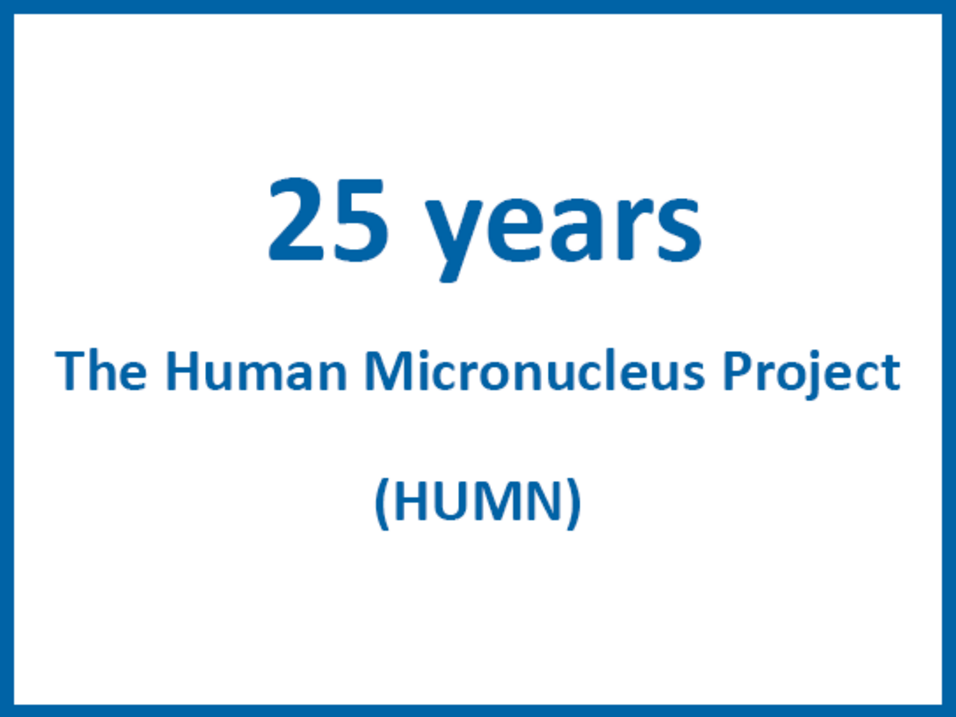There is an increasing effort world-wide to determine the impact of environmental, genetic and life-style factors on genomic stability in human populations. One technique that has been adopted and improved by numerous laboratories is the measurement of micronuclei (MN) in peripheral blood lymphocytes and, to a lesser extent, epithelial cells, erythrocytes, and fibroblasts.
Micronuclei originate from chromosome fragments or whole chromosomes that are not included in the main daughter nuclei during nuclear division. Thus, MN provide a measure of both chromosome breakage and chromosome loss and it has been shown to be at least as sensitive an indicator of chromosome damage as classical metaphase chromosome analysis.
The summary of the project over the last 3 decades is shown on the right side.
In this paper we briefly describe the achievements of the HUMN project during the period from the date of its foundation on 9th September 1997 until its 26th Anniversary in 2023, which included more than 200 publications and 23 workshops world-wide.
https://pubmed.ncbi.nlm.nih.gov/39233049/

